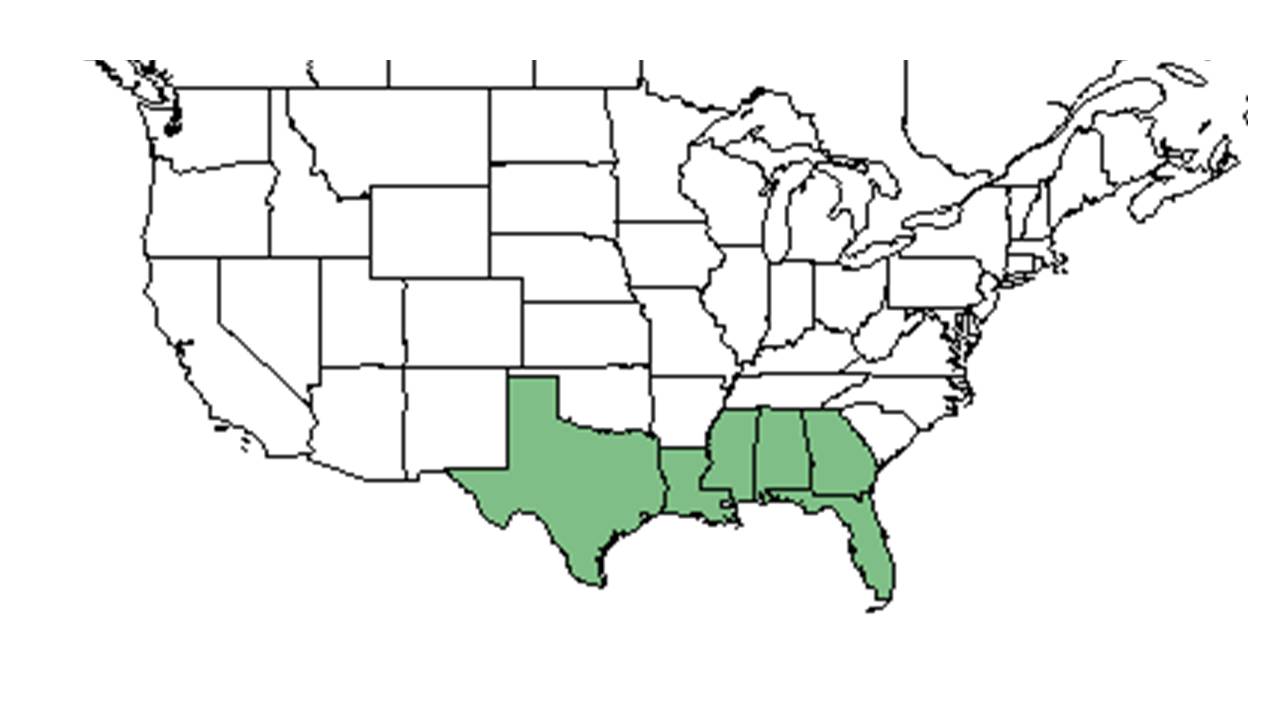Euphorbia discoidalis
| Euphorbia discoidalis | |
|---|---|

| |
| Scientific classification | |
| Kingdom: | Plantae |
| Division: | Magnoliophyta - Flowering plants |
| Class: | Magnoliopsida – Dicotyledons |
| Order: | Euphorbiales |
| Family: | Euphorbiaceae |
| Genus: | Euphorbia |
| Species: | E. discoidalis |
| Binomial name | |
| Euphorbia discoidalis Chapm. | |

| |
| Natural range of Euphorbia discoidalis from USDA NRCS Plants Database. | |
Contents
Description
Distribution
Ecology
Habitat
It likes sandy soils as well as disturbance. Kral (1983) says that it appears to have increased because of disturbance: "Areas in various stages of site preparation have an abundance which continues until the crowns of plantation pine close."[1] It is found in open sandy woodlands; it is most common in longleaf pine-deciduous scrub oak woods and oak-hickory-pine uplands wherever the soils are sandy. It is also found in sandy clearings, and sandhills.[1]. Euphorbia discoidalis is restricted to native groundcover with a statistical affinity in upland pinelands of South Georgia (Ostertag and Robertson 2007).
Phenology
It flowers from late August to frost.[1]
Seed dispersal
Seed bank and germination
Fire ecology
– It responds positively to fire. Kral (1983) writes "In naturally stocked uplands it increases as a result of woods fires which reduce competing woody vegetation." [1]